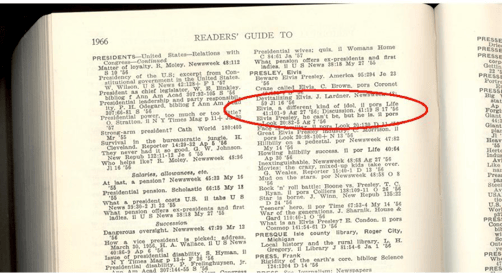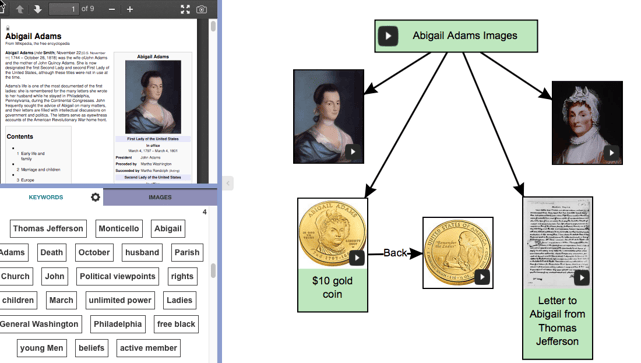This post is written by Mary Chase, Ph.D., an expert in curriculum design, literacy education, and technology integration.
I read today that there are more than a billion websites on the Internet. The mind boggles. When I look back on my own education, I remember thinking that my library’s card catalog and the Reader’s Guide to Periodical Literature comprised the pinnacle of responsible research. Later, I graduated to the more sophisticated Social Sciences Citation Index and other complex databases; nevertheless, my resources were paper and my access limited to library hours and collections.
 Today, my students have unlimited access to such a plethora of information. I often say, “Never have so many known so little about so much.” We are, as Australian educator Kay Oddone puts it, “infowhelmed.” Access to information is no longer a problem, but organizing and evaluating it are.
Today, my students have unlimited access to such a plethora of information. I often say, “Never have so many known so little about so much.” We are, as Australian educator Kay Oddone puts it, “infowhelmed.” Access to information is no longer a problem, but organizing and evaluating it are.
In my last post, we explored using advanced online searches that allow us to limit results to a fraction of what a general search would produce. By limiting searches to educational and government websites, we have some guarantee of quality results. Keywords help us focus on the results that we’re seeking. Much of the time, however, we still arrive at thousands of sites that may be of use. How can anyone digest and remember so much? The short answer is, we can’t. With the help of Ideaphora, we can use digital curation to harness information and organize it into useful archived networks.
In museums and galleries, curators collect, organize, manage, evaluate and annotate their institutions’ assets. They know where to find things, understand their value and determine where items fit into a larger collection. Further, they don’t accept just anything. They carefully select only the very best works or artifacts.
The role of a digital curator is much the same: focus, search, select and share. Blogger Beth Kanter describes the process this way:
Content curation is the process of sorting through the vast amounts of content on the web and presenting it in a meaningful and organized way around a specific theme. The work involves sifting, sorting, arranging, and publishing information. A content curator cherry picks the best content that is important and relevant to share with their community.
In the end, digital curation saves time and keeps researchers from being at the mercy of their bookmarks or browsing histories.
Ideaphora’s capacity to gather, organize and store digital information makes it the perfect “container” for digital curation. Let’s suppose that a class is working on a project dedicated to the life of Abigail Adams and each student is in charge of documenting one part of her life and legacy. In this example, a student is collecting images from a variety of sources that illustrate Adam’s importance. 
Once created, students can easily update their maps as new knowledge is acquired. By collecting, organizing and synthesizing information from verified sources, students become experts in the content they are studying and can demonstrate their knowledge through their concept maps. Once they’ve shared their maps with their teacher, students’ expertise is established so that others can ask questions, access their work or build on it—just as in real archives.
It’s a brave new world, full of challenges and possibilities. But digital curation is one way to support students and teachers as they strive to make the best use of a galaxy of information. As students make connections between ideas, mine resources and make note of their value, they take giant steps toward speaking and writing with authority, the hallmarks of a scholar.

